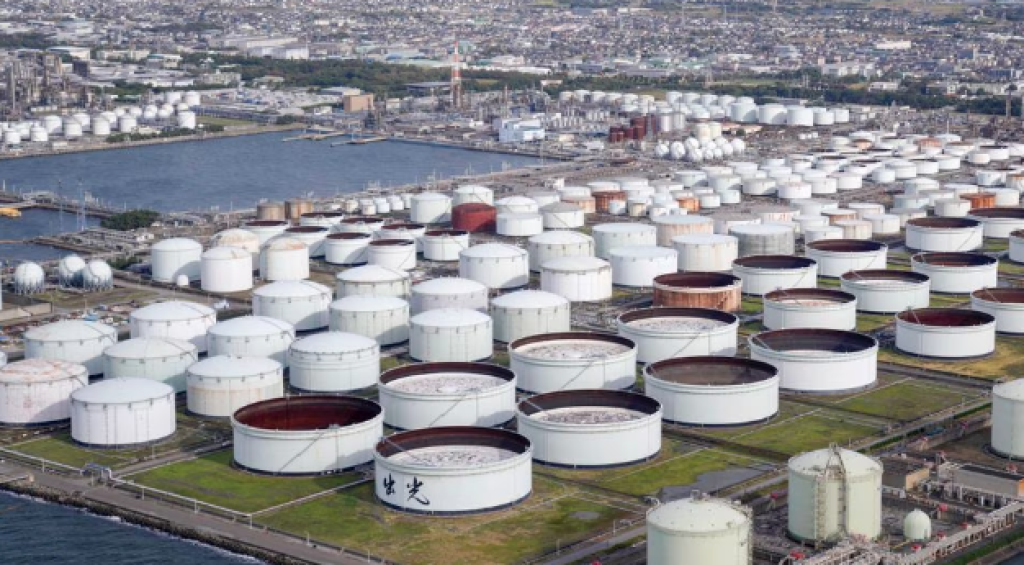Oil prices dropped to their lowest levels in 15 months on Monday on concerns that risks in the global banking sector and a potential increase in U.S. interest rates could spark a recession that would sap fuel demand.
In volatile trading, Brent crude futures for May was down 83 cents, or 1.1%, to $72.14 a barrel by 1425 GMT. The U.S. West Texas Intermediate crude contract for April was down 91 cents, or 1.4%, at $65.83 before its expiry on Tuesday.
The more actively traded May futures were down 1.3% at $66.05 a barrel.
Brent and WTI earlier fell by about $3, hitting lows last registered in December 2021, with WTI sinking below $65 a barrel before moving briefly back into positive territory. Both benchmarks shed more than 10% of their value last week as the banking crisis deepened.
The slide in oil occurred despite an historic deal in which UBS, Switzerland’s largest bank, agreed to buy Credit Suisse in an attempt to rescue the country’s second-biggest bank.
However, banking stocks and bonds continued to plunge on Monday in a sign that investor confidence remains fragile.
After the deal was announced, the U.S. Federal Reserve, European Central Bank and other major central banks pledged to enhance market liquidity and support other banks.
“The market focus is on current banking sector volatility and the potential for further rate hikes by the Fed,” said Baden Moore, National Australia Bank’s head of commodity research.
The Fed is expected to raise interest rates by 25 basis points on March 22 despite the recent banking sector turmoil, according to most of the economists polled by Reuters.
However, some executives are calling on the central bank to pause its monetary policy tightening for now but be ready to resume raising rates later.
“Volatility is likely to linger this week, with broader financial market concerns likely to remain at the forefront,” ING Bank analysts said in a note, adding that the looming Fed decision adds to uncertainty in markets.
Further out, a ministerial committee of OPEC and producer allies including Russia, together known as OPEC+, is set for April 3. The group agreed in October to cut oil production targets by 2 million barrels per day until the end of 2023.
Source : Reuters



































































